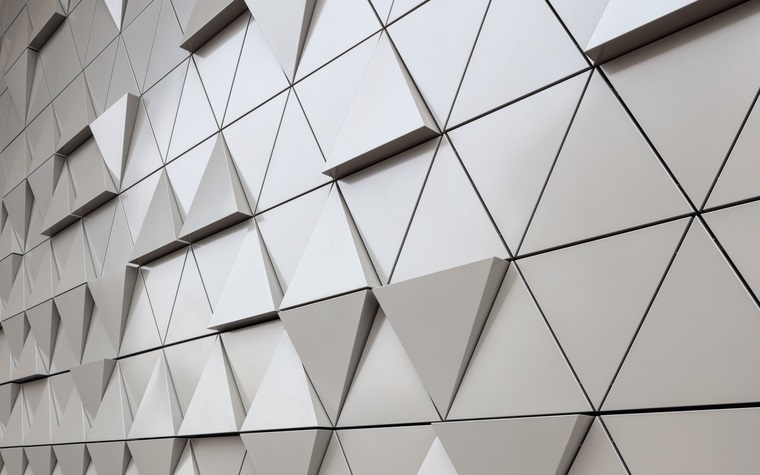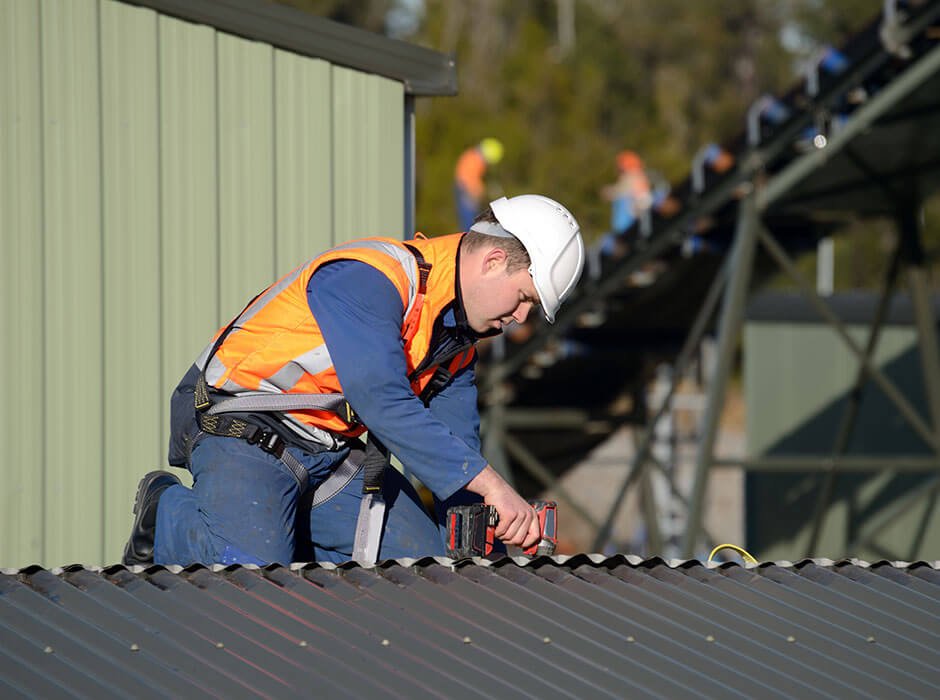Aluminum cladding
Aluminum Cladding (Interior-Exterior)
Aluminium and aluminium cladding offers great benefits compared to other metals. When designing the facade of your building it’s important to take these benefits into consideration.
Why Aluminum and not other metal?
Aluminum is a very light weight metal
Aluminium weighs in at about the third of the weight of steel. On average it weighs around 2,7g/cm3. This is a big reason many architects consider using aluminium when cladding. The process of installing the aluminium panels, aluminium louvres or aluminium facade systems will be much easier due to the weight.
Aluminium is very resistant to corrosion
Corrosion does not affect aluminium due to it’s protective oxide coating. Unlike copper, the weather conditions don’t influence aluminium. It won’t rust and corrode over time. This makes aluminium a great material to built with, aluminium will lasts for several decades!
Aluminium is flexible
Aluminium is one of the easiest metals to melt and to bent. The melting point of aluminium is very low making it easy to shape. Because it is also flexible, aluminium is used widespread by architects for special designs that require curved or uncommon shapes.
Aluminium is completely recyclable
If you choose aluminium cladding you choose sustainability. Aluminium is recyclable and won’t lose any of it’s quality in the process. Aluminium is re-smelted all the time and the process takes little energy.



